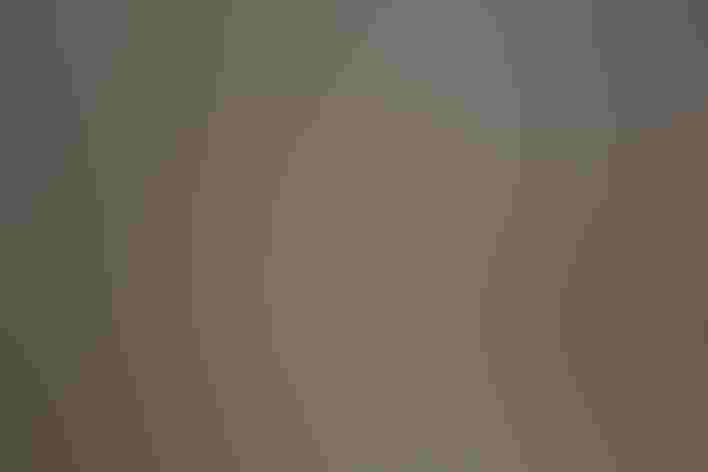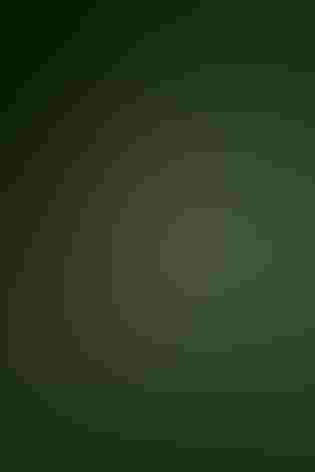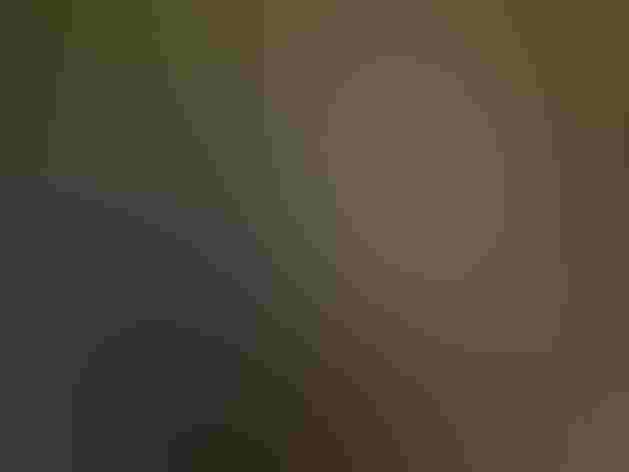Brown Thrasher
At a Glance
The big, foxy-red Brown Thrasher is a familiar bird over much of the east. Sometimes it forages boldly on open lawns; more often it scoots into dense cover at any disturbance, hiding among the briar tangles and making loud crackling callnotes. Although the species spends most of its time close to the ground, the male Brown Thrasher sometimes will deliver its rich, melodious song of doubled phrases from the top of a tall tree.
All bird guide text and rangemaps adapted from Lives of North American Birds by Kenn Kaufman© 1996, used by permission of Houghton Mifflin Harcourt Publishing Company. All rights reserved.
Category
Mockingbirds and Thrashers, Perching Birds
IUCN Status
Least Concern
Habitat
Fields, Meadows, and Grasslands, Forests and Woodlands, Freshwater Wetlands, Shrublands, Savannas, and Thickets, Urban and Suburban Habitats
Region
California, Eastern Canada, Florida, Great Lakes, Mid Atlantic, New England, Plains, Rocky Mountains, Southeast, Southwest, Texas, Western Canada
Behavior
Direct Flight, Flitter, Running
Population
6.200.000
Range & Identification
Migration & Range Maps
Permanent resident in parts of south; mostly migratory in north, but small numbers may remain far north around feeders or in thickets with many berries. Strays may appear well west of normal range during fall, winter, and spring.
Description
11 1/2" (29 cm). Rufous-brown above, striped below, with long tail, yellow eyes. In south Texas, compare to Long-billed Thrasher.
Size
About the size of a Crow, About the size of a Robin
Color
Black, Brown, Red, White
Wing Shape
Broad
Tail Shape
Long, Rounded, Wedge-shaped
Songs and Calls
A variety of musical phrases, each repeated twice; call a sharp smack!
Call Pattern
Complex, Falling, Rising, Undulating
Call Type
Chirp/Chip, Flute, Trill, Whistle
Habitat
Thickets, brush, shrubbery, thorn scrub. Breeds in areas of dense low growth, especially thickets around edges of deciduous or mixed woods, shrubby edges of swamps, or undergrowth in open pine woods; also in suburban neighborhoods with many shrubs and hedges. Winters in similar areas or in any habitat with dense brush.
Sign up for Audubon's newsletter to learn more about birds like the Brown Thrasher
Behavior
Eggs
4, sometimes 3-5, rarely 2-6. Pale blue to bluish white, finely dotted with reddish brown. Incubation is by both parents, about 11-14 days.
Young
Both parents feed nestlings. Young leave nest about 9-13 days after hatching. 2 broods per year, perhaps sometimes 3.
Feeding Behavior
Does much foraging on the ground, using its bill to flip dead leaves aside or dig in the soil as it rummages for insects. Perches in shrubs and trees to eat berries. Will crack open acorns by pounding them with its bill.
Diet
Varied, includes insects, berries, nuts. More than half of diet is insects, including beetles, caterpillars, true bugs, grasshoppers, cicadas, and many others; also eats spiders, sowbugs, earthworms, snails, crayfish, and sometimes lizards and frogs. Berries and small fruits also very important in diet, especially in fall and winter, and eats many nuts and seeds, particularly acorns.
Nesting
Male defends territory by singing loudly from prominent perches. In courtship, male approaches female, singing softly; either bird may pick up leaves or sticks, and present them to the other bird. Nest: Usually placed 2-7' above the ground in a dense shrub, vine tangle, or low tree. Sometimes on the ground under dense cover, or as high as 12' up. Nest (built by both sexes) is a bulky structure, with foundation of sticks supporting a loose cup of twigs, leaves, weeds, grass, bark fibers, lined with finer materials such as grass or rootlets.
Conservation
Conservation Status
Declining numbers have been noted in some regions; the species remains widespread and common in most areas.
Climate Threats Facing the Brown Thrasher
Choose a temperature scenario below to see which threats will affect this species as warming increases. The same climate change-driven threats that put birds at risk will affect other wildlife and people, too.







